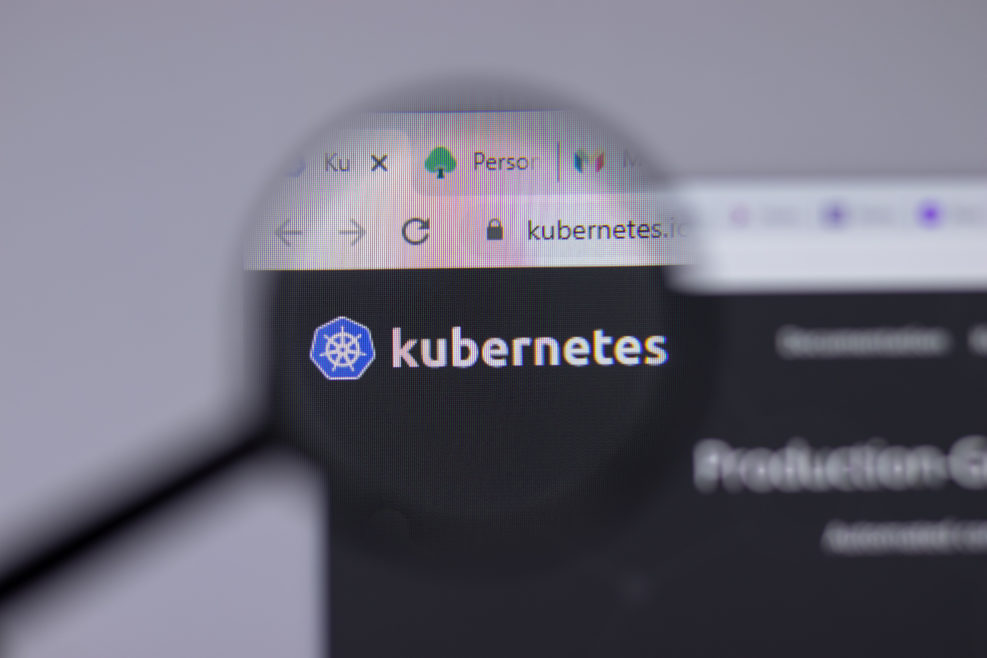
How Does A Kubernetes Cluster Work?
A general overview of the Kubernetes environmentNow that you have some concrete experience using Kubernetes, this article will present the basic theory of how a Kubernetes cluster works. We won’t talk about how to accomplish these things in the present article – the goal is to provide you with a broad understanding of the components of Kubernetes. Basic Kubernetes Components Kubernetes comes with a lot of different components, and it is hard to get them all shown on the same diagram. Therefore, I will just give a high-level picture of what a Kubernetes cluster looks like. The image below shows the basic setup, which we will cover in this article. You see here a separation between the internal Kubernetes network and the Internet. Note that this Read More ›


